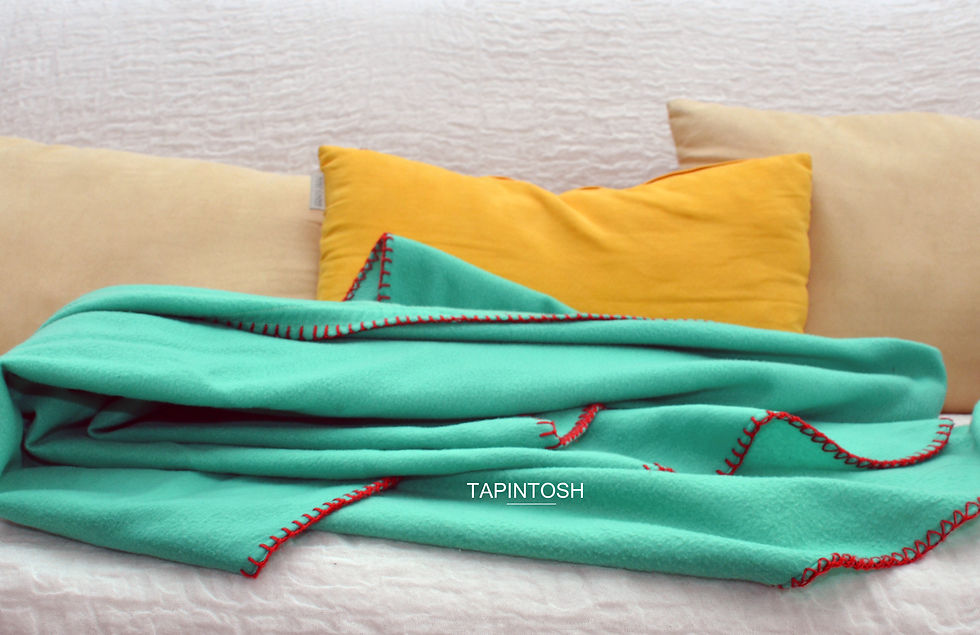The lurking microplastics, Part (I)
- Tapintosh
- Aug 15, 2020
- 2 min read
Many of you have heard of the term microplastic at some point. Plastic pieces which are less than 5mm in length (all shape and colour) are considered as microplastics. Where do these sneaky little bits come from? Believe me, some of the sources may surprise you.
A group of us did a publication back in 2019 on the topic of microplastics. Even as an environmental technology Ph.D student, it was eye and brain opening during the research for the write up. Certainly, I am not going to transfer the whole scientific report here, but there is one part that was particularly interesting which I feel to share here.
Stealth microplastics
Microplastics are hiding in plain sight, in your daily items which you probably are least expected. Those nice, colourful, lightweight fleece/acrylic blankets you have at home, fleece jackets to keep you warm on cold, rainy days are all sources of stealth microplastics.

Microplastics fibers are shredded with each wash of these soft and smooth fleece/acrylic items as they are made up of synthetic fibers/semi-synthetic fibers. Now picture this, small tiny fibers detached from your jacket and blanket with every wash, leaving your washing machine and entering our waste water system. Due to their Lilliputian size (tiny yet harmful), these microfibers slip through the filter in the wastewater system, and end up in our natural waterways.
In addition, your tea bag that keeps the tea dust from entering your tea, contains plastics too, hence rendering it not completely biodegradable. After degradation, those non-degradable bits and pieces will remain in our environment for a very long time. Studies have revealed that microplastics particles are released with brewing. So, would you fancy a cup of tea, with some microplastics? Sadly to announce, tea bags from most brands are composed of plastics (polypropylene).
Don't forget our face and body scrubs, many are with synthetic microbeads. Plastic beads that are so small in size are not trapped and filtered by our wastewater filter system. Where do they end up then? You know the answer. UK and Scotland have fully banned plastic microbead in cosmetic products. China too has put out order to ban the new production of cosmetics items with plastic microbeads by end of 2020.
Microplastics are lurking in our daily life, and are entering our environment, as well as our food chain. One day, we will be eating seafood with microbeads if we do not take any step.
For a change, you can opt to keep your coffee ground from your moka pot, coffee or french coffee press, and use them as natural face/body exfoliators. You can also try to reduce your plastic footprint by making your tea with loose tea leaves and cloth filter. If you have french coffee press, honestly, it is a wonder gadget. I use my french coffee press for coffee, tea as well as herbal drink.


Comments